Expansion of Steel Manufacturing
The Needle Coke Market is closely linked to the steel manufacturing sector, which continues to expand due to rising infrastructure projects and urbanization. Needle coke serves as a crucial raw material in the production of electrodes used in electric arc furnaces, which are increasingly favored for steel production. In recent years, the global steel output has shown a steady increase, with projections indicating a rise to over 2 billion metric tons by 2025. This growth in steel production is likely to bolster the demand for needle coke, as manufacturers require high-quality electrodes to ensure efficient operations. Furthermore, the shift towards more sustainable steel production methods may further enhance the appeal of needle coke, given its superior properties compared to other carbon materials.
Rising Demand for Lithium-Ion Batteries
The Needle Coke Market is experiencing a notable surge in demand due to the increasing production of lithium-ion batteries. These batteries are essential for various applications, particularly in electric vehicles and renewable energy storage systems. As the automotive sector shifts towards electrification, the need for high-performance materials like needle coke becomes critical. In 2025, the demand for lithium-ion batteries is projected to reach approximately 2,000 GWh, which could significantly impact the needle coke market. The unique properties of needle coke, such as its high thermal conductivity and low expansion rate, make it an ideal choice for anodes in these batteries. Consequently, the growth in battery production is likely to drive the needle coke market forward, as manufacturers seek to enhance the performance and efficiency of their products.
Technological Innovations in Production
The Needle Coke Market is benefiting from ongoing technological innovations that enhance the production processes of needle coke. Advances in manufacturing techniques, such as improved calcination and graphitization methods, are leading to higher quality needle coke with better performance characteristics. These innovations not only increase the yield of needle coke but also reduce production costs, making it more accessible to various industries. As a result, the market is likely to witness a rise in the adoption of needle coke in applications beyond traditional uses, such as in advanced battery technologies and specialty carbon products. The continuous improvement in production technologies may also attract new entrants into the needle coke market, further stimulating competition and innovation.
Regulatory Support for Electric Vehicles
The Needle Coke Market is likely to experience growth due to increasing regulatory support for electric vehicles (EVs). Governments worldwide are implementing policies and incentives to promote the adoption of EVs, which in turn drives the demand for high-performance batteries. Needle coke is a critical component in the production of anodes for lithium-ion batteries used in EVs. As the market for electric vehicles expands, with projections indicating that EV sales could reach 30 million units annually by 2025, the demand for needle coke is expected to rise correspondingly. This regulatory push not only enhances the market potential for needle coke but also encourages manufacturers to innovate and improve the quality of their products to meet the evolving needs of the automotive industry.
Growing Demand for Renewable Energy Solutions
The Needle Coke Market is poised to benefit from the increasing emphasis on renewable energy solutions. As countries strive to meet their energy needs sustainably, the demand for energy storage systems, particularly those utilizing lithium-ion batteries, is on the rise. Needle coke plays a pivotal role in the production of these batteries, which are essential for storing energy generated from renewable sources like solar and wind. The Needle Coke Market is projected to grow significantly, potentially reaching a capacity of over 1,000 GWh by 2025. This growth is likely to create a ripple effect in the needle coke market, as manufacturers seek to secure high-quality materials to meet the burgeoning demand for energy storage solutions.


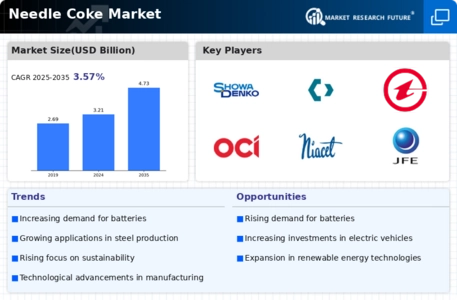
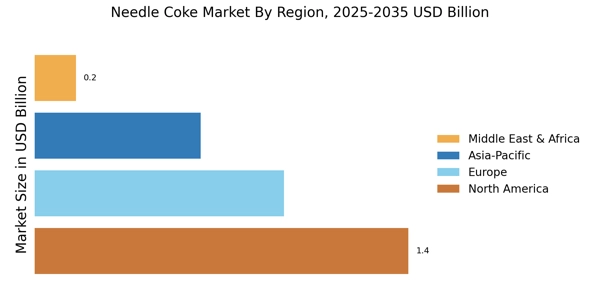
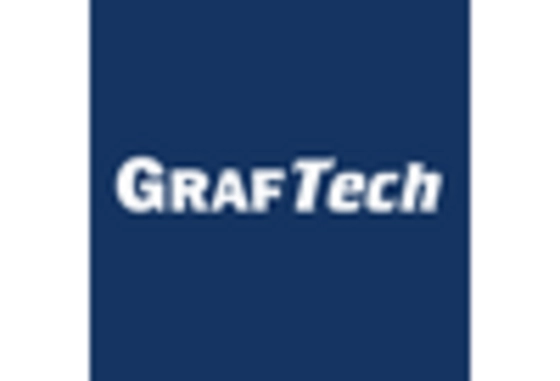
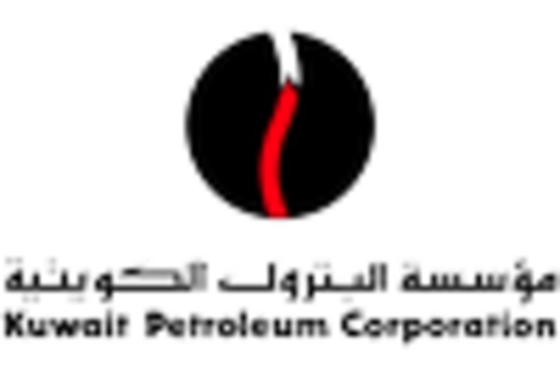

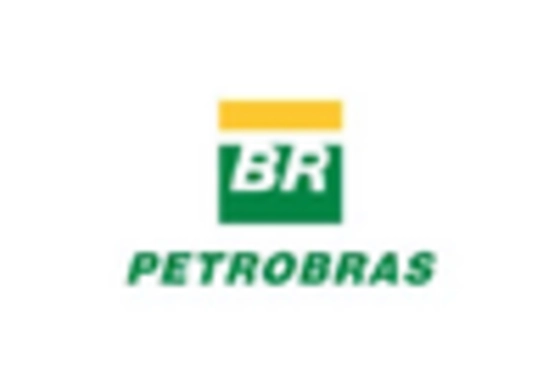
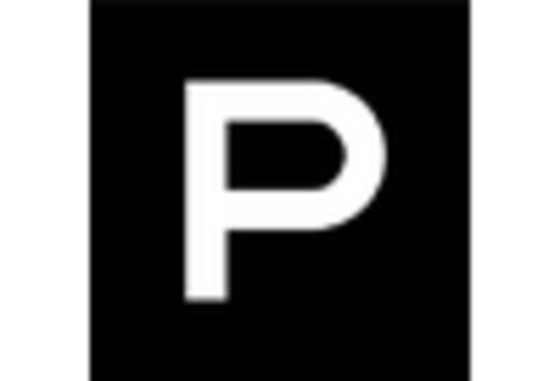
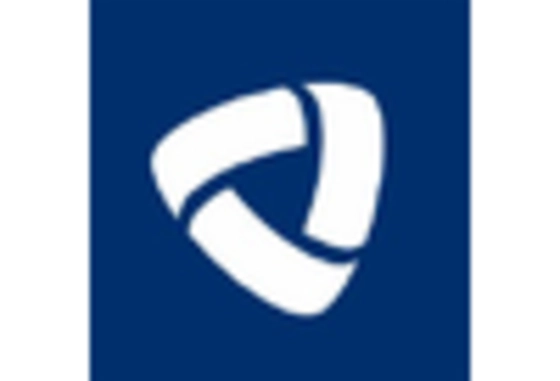








Leave a Comment